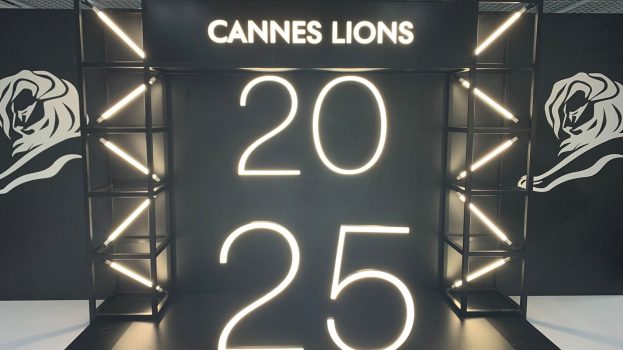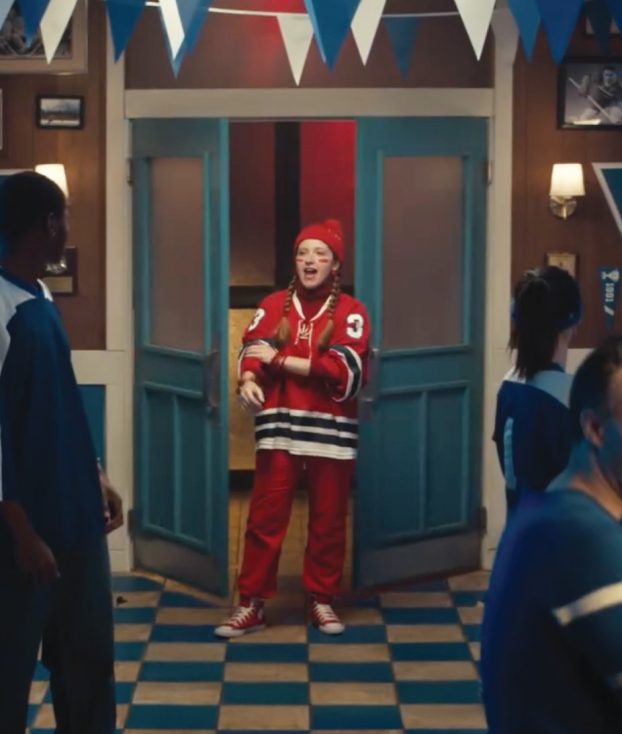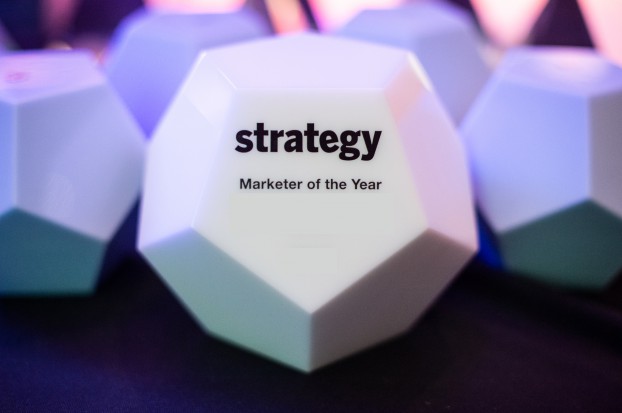Any adult who’s ever had the pleasure of shopping with a 12-year-old girl knows that sudden, sinking feeling – the realization that, no matter what is suggested or offered, it won’t be deemed cool. At least, not until her best friend buys the same thing.
The herd mentality is, without doubt, one of the characteristics that define tween and young teen girls as a target market.
Claudine Brierley, president of Generations Research in Toronto, likens the girls market to a flock of birds in the sky, which may abruptly shift position all at once. The reasons for these shifts may not be immediately apparent, she says, but that doesn’t mean they’re random.
These days, a lot of people would like to understand the mysterious ways in which this segment moves. Tween and teen girls are emerging as an increasingly attractive target, and marketers want to know just what it is that attracts or repels them.
So why all the interest in girls?
In part, it’s simply a function of a larger trend – namely, the emergence of the ‘echo generation,’ the term that Canadian economist and demographer David Foot has coined for the offspring of the baby boomers, born in the 1980s.
According to Foot, there’s a whopping seven million echo kids out there – many of them now in their early tween and teen years, which is the age at which consumers generally start to build brand loyalties.
And these youngsters have more purchasing power and influence than their predecessors at any other time in history, says Carol Green Levenstein, president of Markham, Ont.-based Children’s Creative Marketing. In addition to making their own purchases, these kids are actively involved in helping their time-pressed parents make decisions about family purchases, from groceries to vacations.
While echo kids in general may be attractive to marketers, there’s something particularly appealing about girls.
For a start, they buy a wider range of products than boys. Wander through a typical mall, and you’ll see more shops targeting girls and young women than their male counterparts.
Robin Thompson, editor and co-founder of the Calgary-based on-line teen zine Spank!, says that boys purchase products such as music, sports gear and high-tech toys. While girls buy a lot of these items, too, they also buy beauty aids, accessories and clothing. In short, there’s just more stuff out there for girls to buy.
Girls also get into shopping earlier than boys, says Green Levenstein. As a rule, she explains, girls start to experience increased self-awareness – and self-consciousness – at a younger age than boys do. And one way in which they may respond is by purchasing things in order to boost their self-esteem.
Not surprisingly, girls tend to be more enthusiastic and resourceful shoppers than boys, Green Levenstein adds. They are more likely to take the time to do their homework, and to shop around carefully before dropping $70 on a pair of jeans or running shoes.
Evidence of marketers’ interest in girls isn’t hard to find. Turn on the television, for example, and you’ll see a variety of shows – from Ready or Not to Clueless to Sabrina the Teenage Witch – that afford a vehicle for reaching this audience.
Or consider Montreal-based fashion retail chain Le Chateau, which last year started its Junior Girl line, targeting young shoppers aged 8-14.
Le Chateau’s core audience is still in the 16-24 range, says Maria Madonis, director of marketing. But the chain had begun to notice that a lot of the same people who shopped there a decade ago were still coming into the stores occasionally – and many were bringing their young daughters.
By offering sizes and specific designs for this age group, Madonis says, Le Chateau is not only tapping into a new customer segment, but also building customer loyalty. The Junior Girl line features its own in-store promotional material and Spice Girls-inspired shopping bags. Girls can also join the store’s Privileged Customer Program and receive periodic updates – mailed on Junior Girl postcards, naturally – about store openings and fashion news.
So how do you communicate to this group?
Thompson says that a lot of traditional advertising styles simply won’t cut it with girls today. Remember how tampon ads used to invariably feature young women running down a beach, in gauzy soft-focus? Well, that sort of thing would be laughed right off the screen nowadays.
Girls today have an extremely low threshold for stupidity, Thompson says, and they have no time for advertisers that talk down to them. To capture their attention, ads must be smarter and edgier. She cites the current tv campaigns for Gap and Volkswagen Beetle – with their simple white backgrounds and creative use of music – as examples of advertising that appeals to the teen and tween segment, because they don’t push a traditional message.
Lynne DeCew, general manager of Imagination Youth Marketing, a division of Vancouver-based Palmer Jarvis DDB, says that girls appreciate messages that promote individuality and empowerment.
Humor can also be effective, DeCew says – provided that it’s the right kind of humor.
Slapstick may work well with the male contingent, she says, but it does nothing for girls. (Those Pillsbury Pizza Pops splatter-fest spots, for example, tend to get a big thumbs-down from girls.) On the other hand, ads that poke fun at boys, or at the ‘tyranny of looks,’ generally go over well.
One thing that most emphatically does not work is advertising that attempts to play on girls’ insecurities. Girls today have a more sophisticated mind-set, says Green Levenstein, and they can see through advertising that makes exaggerated promises of coolness or beauty.
That, of course, doesn’t stop some advertisers from trying. Robin Thompson of Spank! says ads that play upon the beauty myth – which can be enormously damaging to this vulnerable age group – are still very much a part of the advertising landscape.
Thompson doesn’t see advertisers backing away from this kind of message any time soon, either. ‘Advertising is not a business with a conscience,’ she says bluntly.
It’s important to note that tween and teen girls, while similar in many respects, also differ in certain ways – and marketers must take these differences between the age groups into account.
While teens tend to have strong brand preferences, DeCew says, tweens are still in the process of building their brand loyalties. Rarely, she says, will you see a young tween express a powerful attachment to a particular brand of jeans or running shoes.
Tweens are also still interested primarily in having fun – and they have the luxury of doing so without the insecurities that can plague a girl’s teen years.
That, however, doesn’t mean they’re still the simple, Barbie-toting girls of yesteryear. Thanks to tv and the Internet, DeCew says, today’s tween girls have a much more sophisticated worldview than their predecessors.
‘They’re media-savvy,’ she says. ‘They know that advertisers are trying to sell them things.’
Also in this special report:
– Selling self-esteem: Spot encouraging girls to feel good about themselves pokes fun at fashion stereotypes p.23























